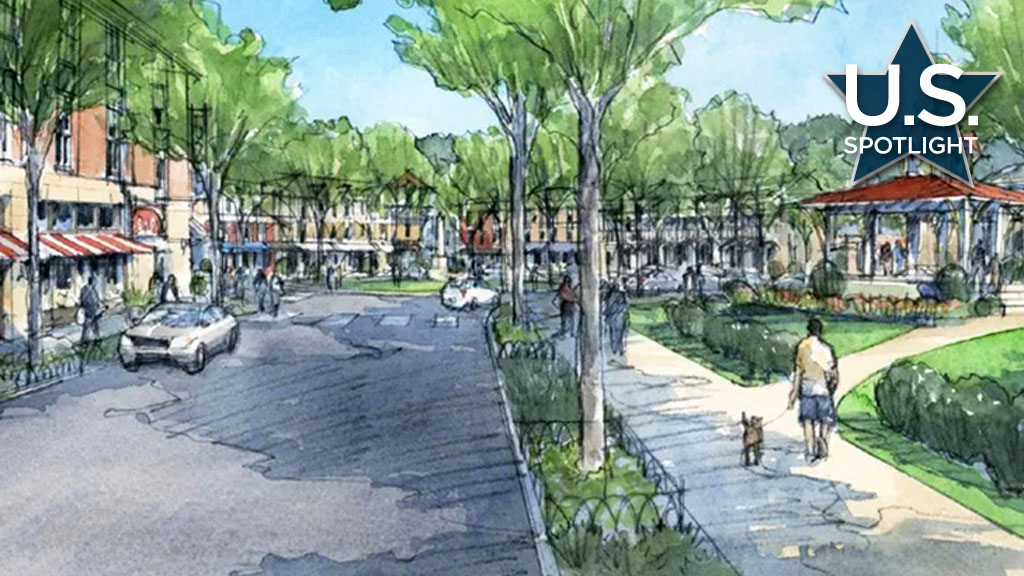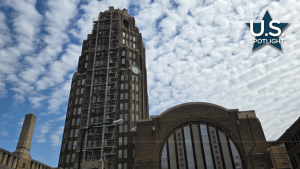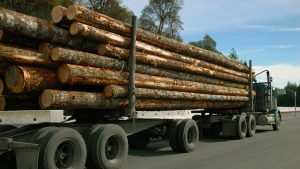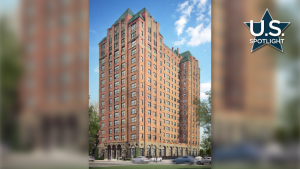In May 2016, John Jacobs, environmental quality specialist at Texas A&M University, authored a paper titled, To Keep the City out of the Country, Keep the Country out of the City.
“Cities sprawl because they want to be like the country: plenty of open green space and fresh air. The resulting expansion often has the worst of both worlds rather than the best: polluted air and water, no significant green space, and few opportunities for pedestrian interaction,” he wrote.
Concern over urban sprawl into rural areas of Texas receives little serious consideration. For years, Houston has been dubbed “the blob that ate East Texas.”
As Charles Gardner wrote back in 2012, “Houston is sprawl defined….one of those quintessentially American cities not limited by any natural geographic barriers like mountains or bodies of water.”
Urban sprawl around Texas cities like Houston are characterized by single family homes on large lots, strip malls and parking lots, connected by street-road hybrids called “stroads” and miles of highways.
“Sprawl was a business decision for developers,” wrote Jacobs. “There’s a lot less risk building horizontally than vertically.”
A week doesn’t pass in Texas without announcements of new residential developments. Most involve hundreds of acres and up to 3,000 homes.
This continued spread of residential developments into the rural areas surrounding cities demands infrastructure of all sorts.
Water supply from natural aquifers, already under stress in this dry state, is put under further pressure. Roads must be built, along with schools, stores and community recreational facilities to name only a few supporting services. It’s great news for the construction industry but the environmental and lifestyle impacts don’t receive a lot of attention.
Some rural communities are fighting back against the encroachment into their lands, using the powers granted to them under ETJs, or Extra-Territorial Jurisdictions. An ETJ is an area outside a city’s boundary over which the city can exercise certain legal powers.
Ambitious developers often find ETJs frustrating. Some have been negotiating with small cities for years in an attempt to create large residential neighborhoods. The struggle between small communities trying to retain their unique character and protect their water sources, and large property developers, has been likened to David versus Goliath.
The plight of MileStone Community Builders LLC stands as an example. MileStone is the latest owner of a 500-acre property just outside Hays, Texas, and its 250 inhabitants.
“We’ve tried for the past two years, and another group before us tried for 15 years, to work out an arrangement on this land,” MileStone CEO Garrett Martin told local media.
Texas Senate Bill 2038 has ridden in to help developers like MileStone overcome the stubborn resistance of some smaller cities.
As described by Austin law firm Cobb & Jones, specialists in property disputes, SB2038 “amends current law by granting property owners the ability to unilaterally release themselves from an ETJ through either petition or election.”
The firm offers rationale as to why landowners might want to be released from an ETJ. They suggest some municipalities might be using ETJ powers “to coerce” the annexation of land into their direct control, and restrict zoning to agricultural or rural-residential purposes. This could significantly deflate the market value of that land.
Other reasoning relates to rights and freedoms.
“As a matter of principle, you might believe that you should have the power to use your land as you choose as long as you are not hurting other people,” Cobb & Jones write. “If you live in an ETJ, you have no right to vote in city elections. You might believe that there shouldn’t be regulation without representation.”
Since SB2038 came into law on Sept. 1, there’s been a surge of landowners petitioning to disconnect from their ETJ as a last resort when the municipality has proven to be resistant. It’s a step taken by MileStone elsewhere, notably in nearby Buda, Texas.
However, this can force a developer to form what is called a Municipal Utility District as an alternate way to finance required water, sewage, drainage and road infrastructure, as Martin says MileStone intends to do in Hays.
Little seems to stand in the way of continued sprawl into the Texas countryside.
Despite increased land cost and high interest rates, Red Oak Development Group is determined to move ahead with its plan to develop 10 mini-cities around Austin and Dallas. It’s called Project Lonestar, a $15 billion capital commitment of public and private funds. The company says these communities will each comprise hundreds of acres of single and multi-family homes, schools, medical facilities and entertainment districts.
It seems everything is bigger in Texas.











Recent Comments